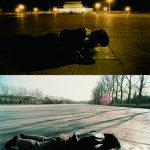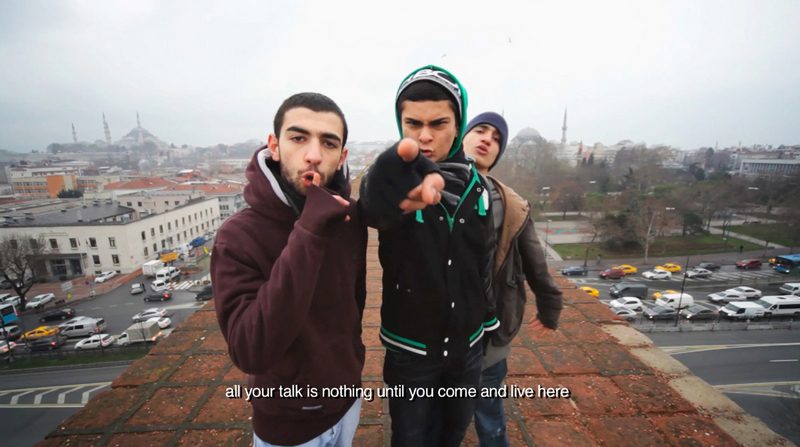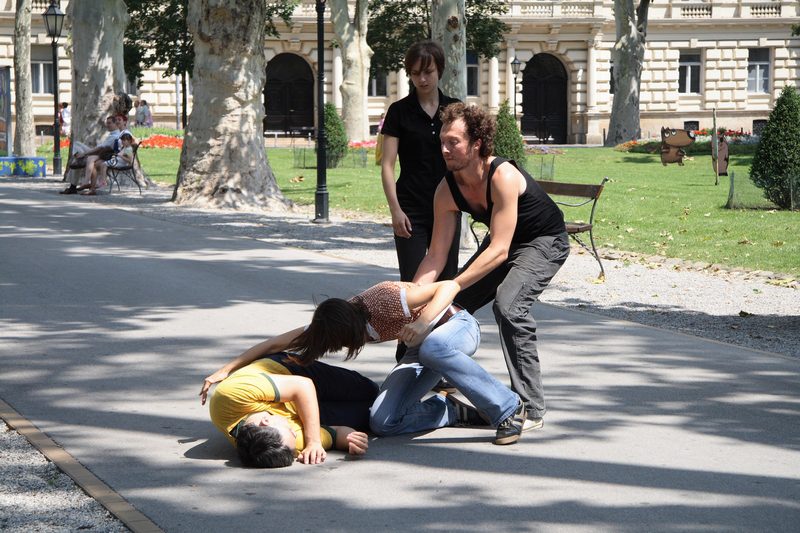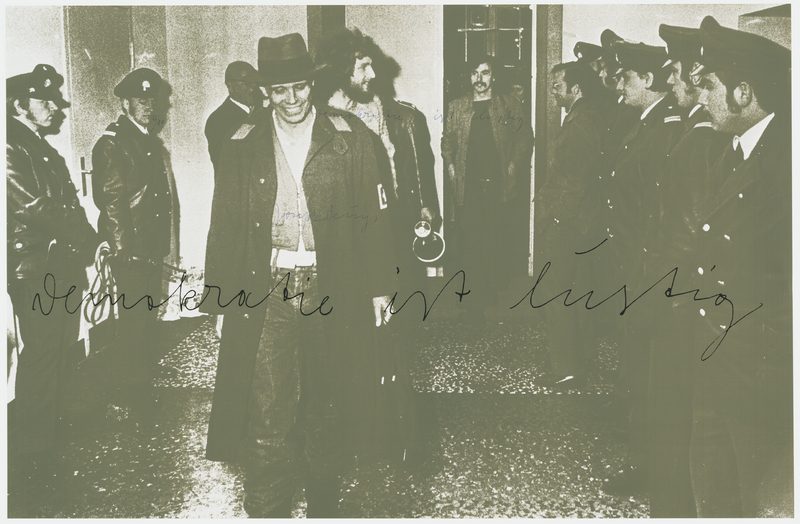ART CITIES:N.York-Zero Tolerance

Named for the 1990s policy under which New York City took a tough stance against vice and crime, Zero Tolerance brings together works by artists from across the globe that address tensions between freedom and control. Many of the works combine elements of political demonstration and celebratory parades to create art of a charged and ambivalent nature, responding to concerns specific in place and time.
By Efi Michalarou
Photo: MoMAPS1 Archive
Over the past two decades, some local and national governments have garnered attention for imposing draconian laws that restrict the rights of citizens under the guise of improving quality of life. Rio de Janeiro has “cleaned up” slums by imposing a militarized police force and Istanbul has put pressure on minority communities by gentrifying the neighborhoods in which they reside. In Russia, the arrest of two members of the art band Pussy Riot for speaking against President Vladimir Putin, along with the passage of anti-gay legislation, has generated international ire. Such restrictive policies have marked everyday life in major cities around the world. Through their work, artists such as Halil Altindere and Amal Kenawy address themes such as the freedom of expression and the role of the artist within society. Altindere’s Wonderland explores the anger and frustration of a group of youths from the Sulukule neighborhood of Istanbul, a historic area home to Romani communities since the Byzantine Empire that has been increasingly demolished since 2006 as part of an “urban renewal” development project. Kenawy’s The Silence of Sheep documents a short performance the artist orchestrated in downtown Cairo on December 14, 2009 and is a commentary on people’s submissiveness to local living conditions and cultural norms. Democracy is Merry (Demokratie ist lustig) records the moment that the artist and teacher Joseph Beuys with students was escorted from the Secretariat of the Staatliche Kunstakademie Düsseldorf, October 10, 1972, after the occupation of the secretariat for unrestricted access to education (He opened his classes to anyone who wanted to attend) had been broken up by the entry of the police. The occupation of the secretariat was the main reason for Beuys’ dismissal from the academy on October 11, 1972. It was Beuys himself who transformed the news photo into a work of art, simply by designating it as such. Participating Artist: Igor Grubic, Rirkrit Tiravanija, Oyvind Fahlstrom, Yoko Ono and John Lennon, Asco, Lorraine O’Grady, Harun Farocki, Song Dong, Francis Alys, Francis Alys, The Radek Community, Mircea Cantor, Sharon Hayes, Zhao Zhao, Amal Kenawy, Artur Zmijewski, Ahmed Basiony, Chim Pom, Voina, Pussy Riot, and Halil Altindere.
Info: “Zero Tolerance”, Curating: Klaus Biesenbach, Director, MoMA PS1 and Chief Curator at Large, The Museum of Modern Art, with Mia Locks, Curatorial Associate, MoMA PS1 and Margaret Aldredge, Curatorial Assistant, MoMA PS1, MoMAPS1, 22-25 Jackson Ave. & 46th Ave. Long Island City, N. York, Duration: 26/10/14-3/4/15, Days & Hours: Thu-Mon: 12:00-18:00, http://momaps1.org



